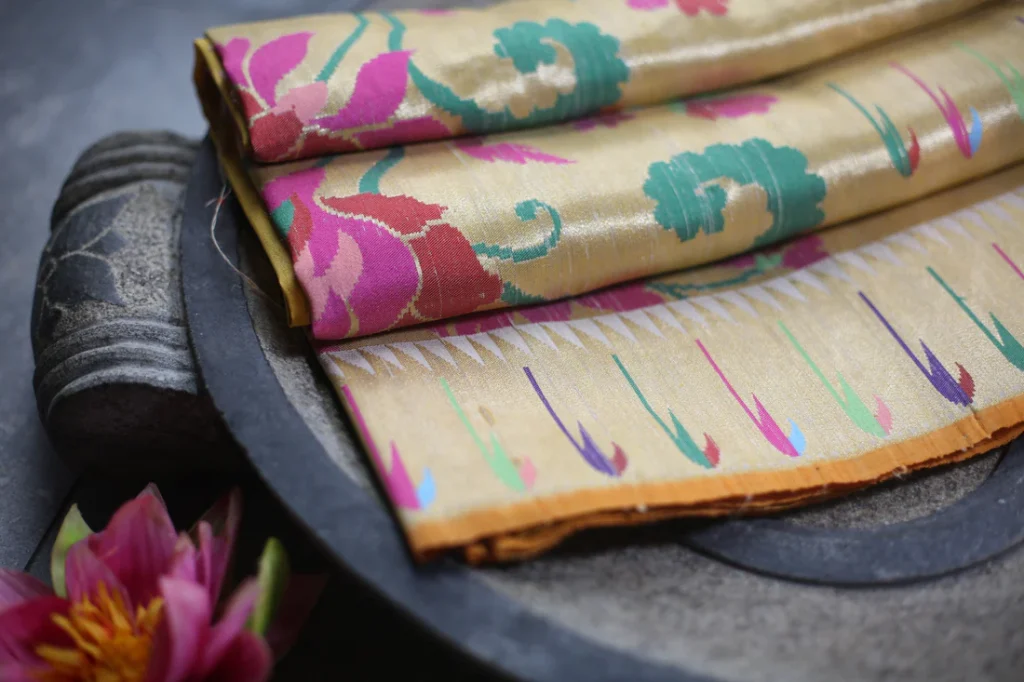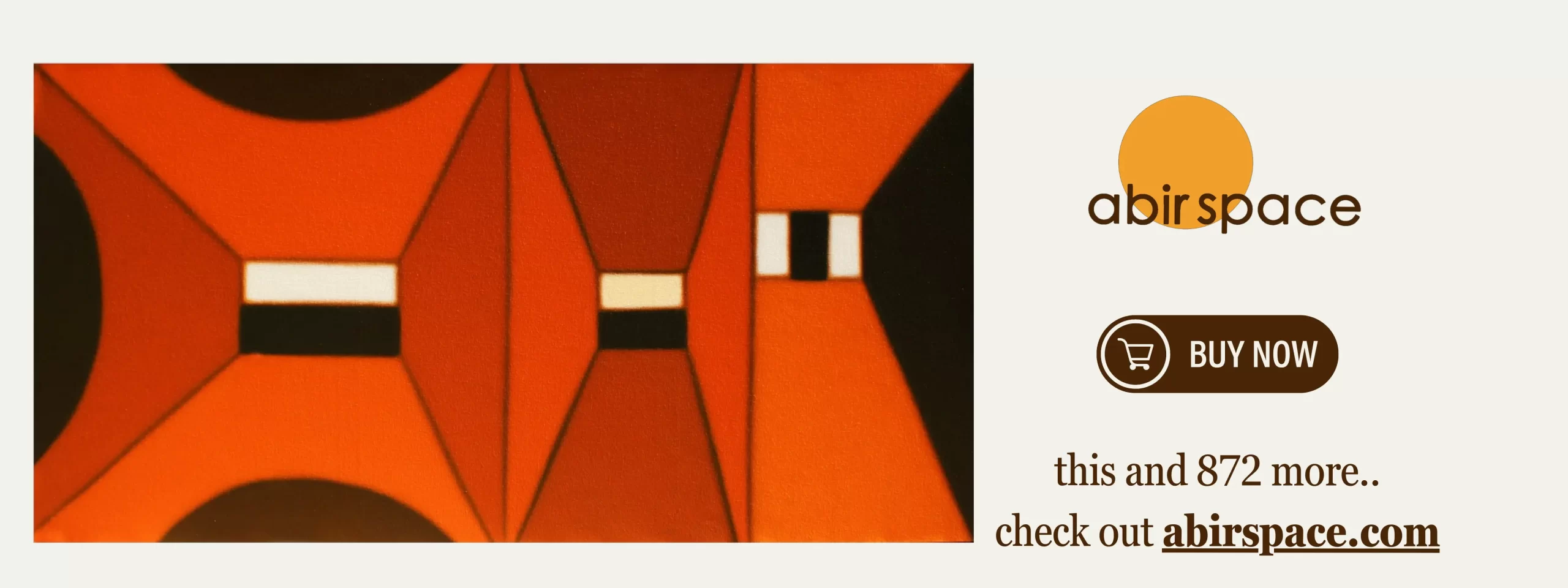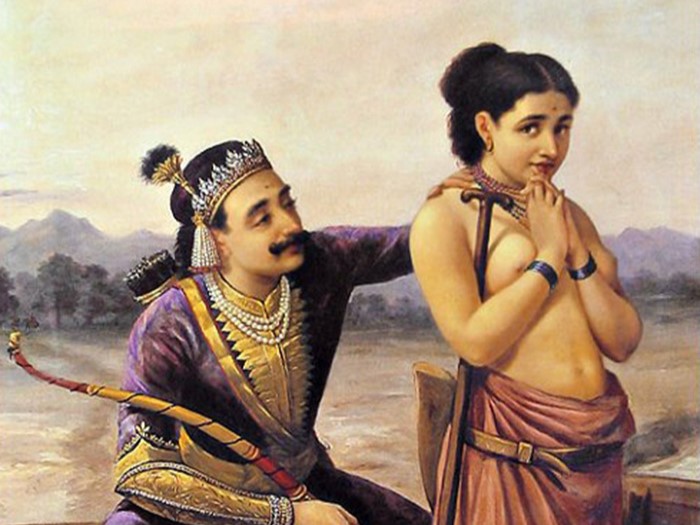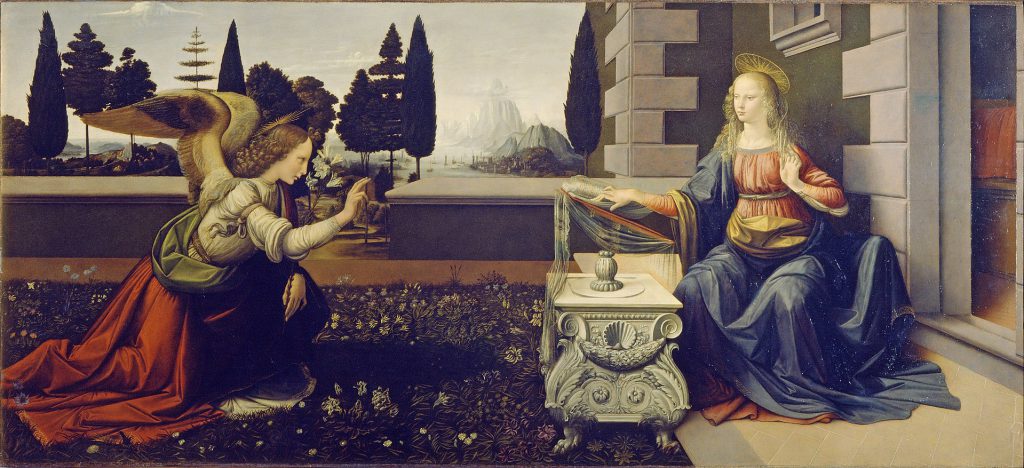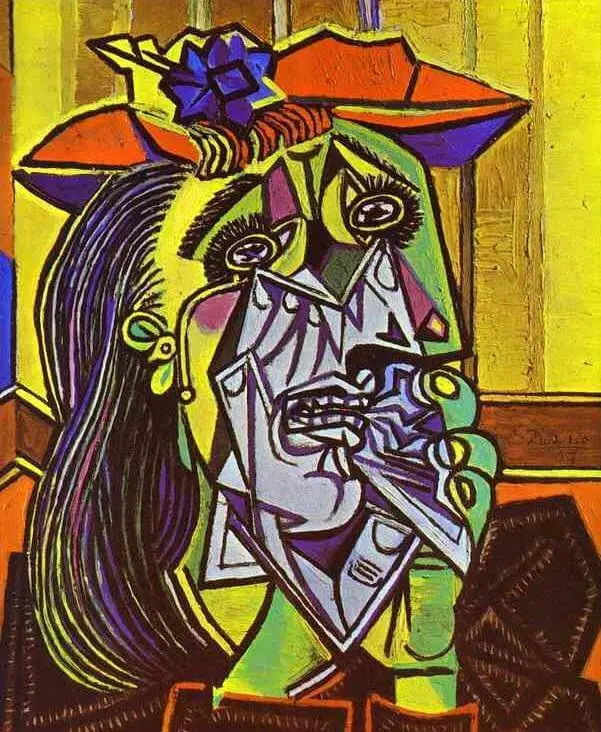Jamdani weaving represents one of the most ancient and refined textile traditions in the world, with roots stretching back possibly 2,000 years to the Bengal region. Originally known as Dhakai or Daccai—named after Dhaka (formerly Dacca), a prominent textile weaving center in Bengal—this exquisite fabric has captivated royalty and aristocrats for centuries. The earliest references to the fabric’s Indian origins appear in classical texts such as the Periplus of the Erythraean Sea, as well as in the accounts of Arab, Chinese, and Italian travelers and merchants who marveled at its beauty. The name “Jamdani” itself came into popular use during the Mughal Empire, derived from Persian, which served as the court language of the Mughals.
Jamdani is a handloom woven fabric traditionally made from cotton and historically classified as muslin. This Bengali weaving tradition produces what many consider the finest variety of muslin and the most artistic textile created by Bangladeshi weavers. In the late 19th century, scholar T. N. Mukharji aptly described this fabric as “jamdani muslin,” recognizing its distinctive place in textile history. The fabric is believed to represent a remarkable fusion of ancient Bengali cloth-making techniques with the muslins produced by Bengali Muslims since the 14th century. Beyond sarees, Jamdani has been used to create elegant scarves and handkerchiefs, each piece bearing the hallmark of exceptional craftsmanship
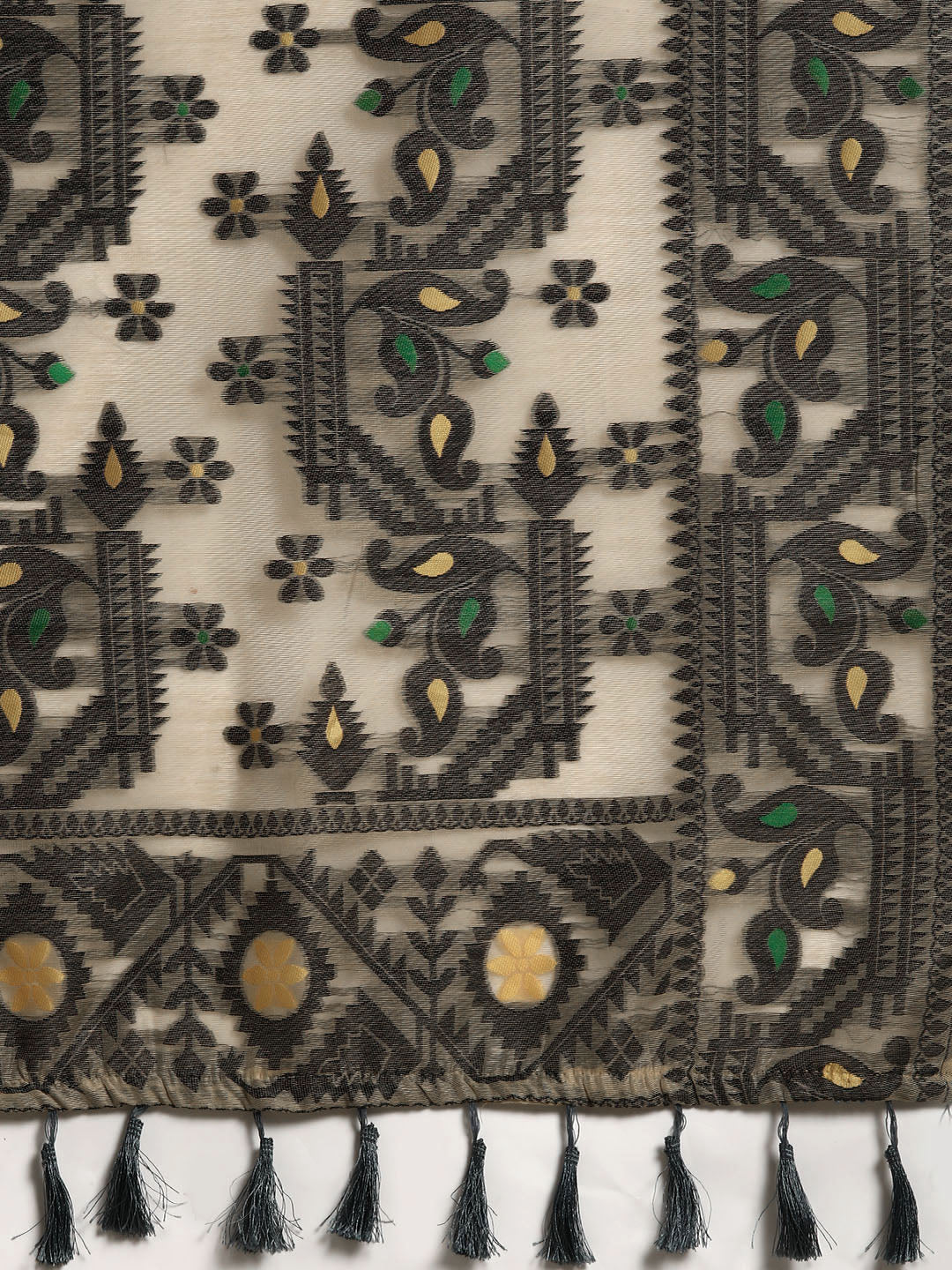
What sets Jamdani apart is its extraordinarily labor-intensive creation process, widely recognized as one of the most time-consuming and advanced hand weaving techniques in the world. The method involves inlaying motifs directly into the fabric by adding denser supplementary weft threads to fine warp threads entirely by hand—a technique requiring exceptional skill and patience. The time investment is staggering: a single Jamdani saree can take anywhere from six months to three years to complete, with a pair of weavers working approximately 10 hours daily. This painstaking methodology explains why Jamdani has historically been the most expensive product of Dhaka looms and why only aristocrats and royal families could afford such luxuries.
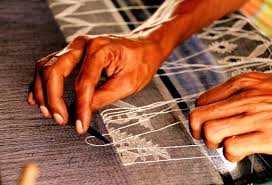
When Jamdani weaving began in Dhaka, artisans drew inspiration from nature, creating motifs that were geometric in form. These patterns—predominantly featuring geometric shapes, plants, and floral designs—are said to have originated thousands of years ago and continue to define the aesthetic of Jamdani textiles today. Jamdani demonstrates remarkable adaptability as an enduring craft. While it began with contrasting white-on-white monotones in cotton muslin, the palette has expanded to include vibrant, colorful forms. Modern Jamdani incorporates threads of silk, silver, gold, and other materials, creating fascinating contemporary iterations while maintaining traditional hand weaving methods without machinery.
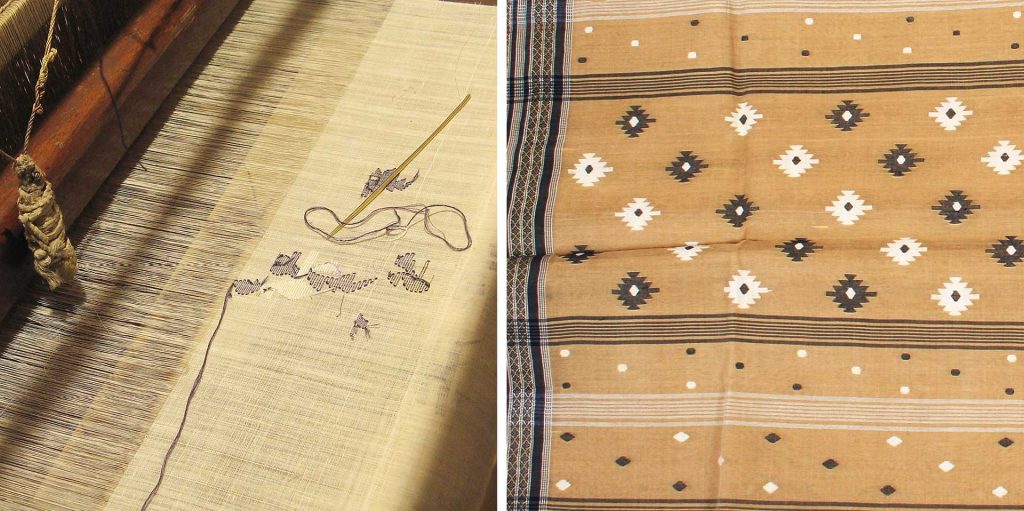
The art form has traveled far beyond its birthplace in Dhaka, Bangladesh (part of the erstwhile undivided Bengal). Today, skilled Jamdani weavers can be found throughout India, particularly in Andhra Pradesh, Maharashtra, Rajasthan, and Uttar Pradesh, each region adding unique features to this versatile technique.
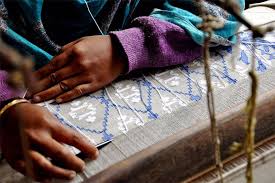
In recognition of its cultural importance, UNESCO declared the traditional art of weaving Jamdani an Intangible Cultural Heritage of Humanity in 2013, ensuring its preservation for future generations.
With the rising popularity of Jamdani sarees, the market has seen an influx of powerloom imitations that mimic the handloom aesthetic. However, genuine Jamdani sarees can be identified through their construction technique. In traditional Jamdani weaving, motifs are created using a supplementary weft technique. While the basic saree structure consists of warp (vertical threads) and weft (horizontal threads), Jamdani introduces an additional weft beyond the primary horizontal weft. This supplementary weft is woven in to create patterns and motifs along the fabric.
The tell tale sign of authentic handwoven Jamdani lies on the reverse side of the fabric. When you turn over a genuine Jamdani saree, you can clearly see where the supplementary weft threads turn and loop back, creating the motif. This visible “turn” of the supplementary weft on the reverse distinguishes authentic handwoven Jamdani from powerloom versions, which lack this characteristic feature.
Featuring Image Courtesy: WeaveinIndia
Contributor

